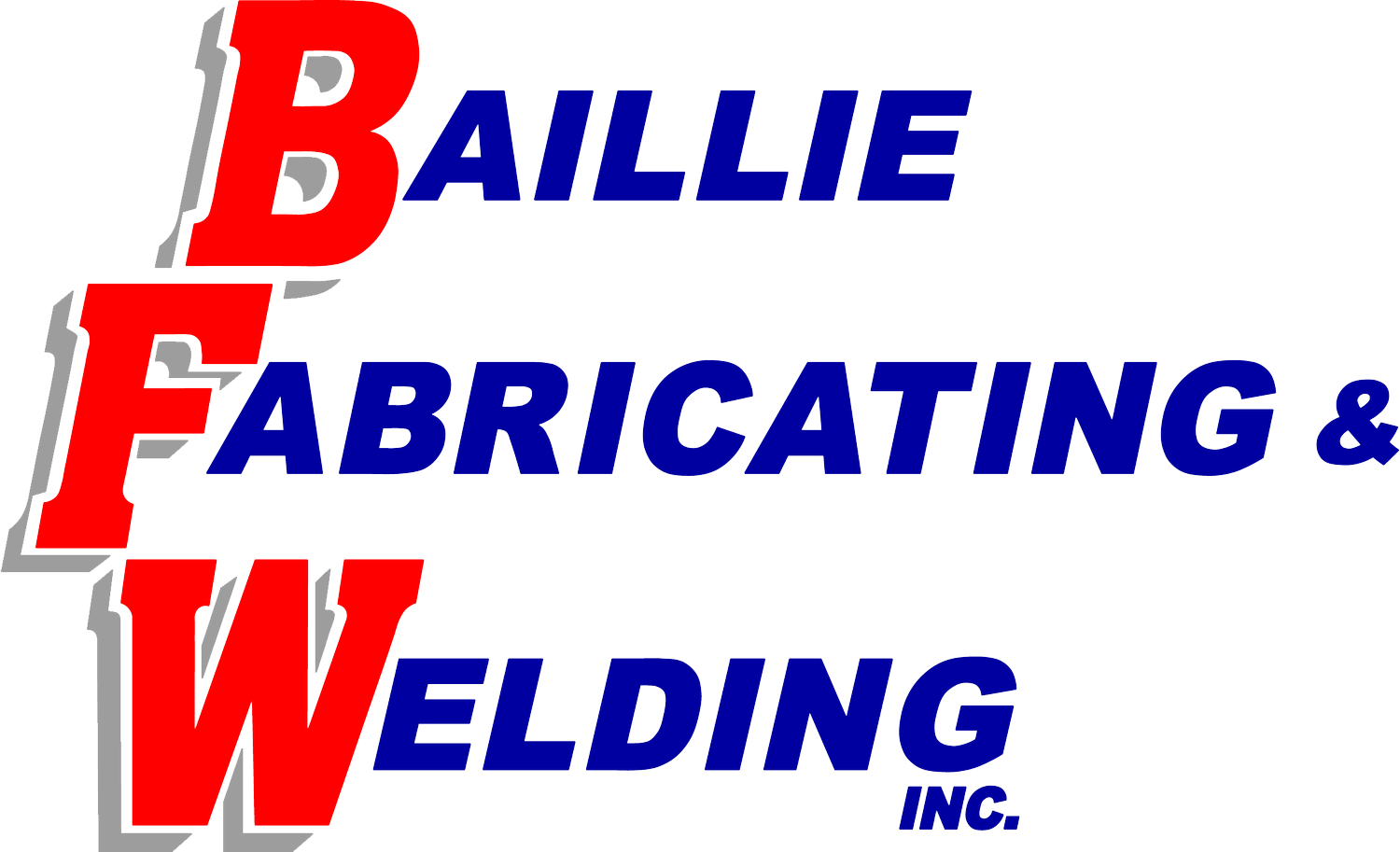The Art of TIG Welding
TIG welding is a true art form, a challenging arc welding procedure that creates incredibly clean, precise welds that meet even the most stringent standards for industries like medical, food and beverage, and defense.
Few shops offer TIG welding services, and among those that do, not all of them have highly skilled welders who can perform the process well. The welders at Baillie Fabricating & Welding are expert TIG welders with the skill and experience necessary to join precision parts.
Tungsten Inert Gas (TIG) Welding
Also called gas tungsten arc welding (or GTAW), TIG welding works by generating an electrical arc between a grounded metal workpiece and a non-consumable tungsten electrode. To protect the weld area and the electrode from oxidation or atmospheric contamination, an inert shielding gas, such as argon or helium, is applied during welding.
What makes TIG welding so challenging?
TIG welding can be difficult to learn, in part because welding education rarely tackles TIG welding in any depth, and welders who learn the process must spend a great deal of time in the field perfecting their technique.
Expert TIG welding services require:
A strong understanding of heat control
Expansive knowledge of how heat interacts with various metals
Excellent hand-eye coordination
The capacity for tedious, detail-oriented work
Though filler metal is not required in TIG welding, it is necessary for forming strong, reliable joints. Some welders try to avoid applying filler because it requires a two-handed operation, with one hand controlling the TIG torch and the other delicately dabbing filler wire into the weld pool.
As if TIG welding wasn’t already difficult enough, welders must also take care that the filler wire never comes in contact with the tungsten electrode, which would cause immediate contamination and force the welder to cease operation and re-grind the electrode tip.
Despite the complexity of TIG welding, Baillie Fabricating & Welding specializes in TIG welding services, performing nearly 75% of our welding work with a TIG torch.
What are the benefits of TIG welding?
TIG welding is the ideal solution for welding joints with strict aesthetic and sanitation requirements. Here at Baillie Fab, our TIG welding services are especially popular with food and pharmaceutical industry customers for two reasons:
TIG welding forms exceptionally strong joints that are visually appealing
TIG welding doesn’t create the inclusions caused by other welding processes, meaning germs and debris can’t easily collect within the weld
What makes TIG welding so precise?
Welders can finely hone the TIG welding arc by grinding the cone-shaped tungsten electrode into varying widths and points. Because tungsten is easily shaped and retains its shape well, it does a great job of emitting a stable, clean arc that only gets better as the tungsten heats up and electron emission improves.
The ability to customize the tungsten tip shape to modify the heat input and concentration is what makes TIG welding the number one choice for fine, strong welds on even the smallest parts.
Which materials are suited for TIG welding services?
TIG welding is uniquely designed for thin-gauge materials under ⅛” thick. Ultra-thin materials can be welded with a process called pulsed TIG welding, which prevents warping by utilizing brief pulses of extremely low heat to create the weld.
Example: stainless steel. The Baillie Fab team excels at TIG welding and stainless steel handling. Because stainless steel can be easily damaged by uncontrolled heat, our welders carefully manage the temperature during welding, ensuring the stainless steel’s corrosion resistance isn’t diminished in any way.
Example: aluminum. TIG welding is capable of generating extremely high heat when necessary, making it an excellent option for a material like aluminum.
What’s the difference between TIG welding and MIG welding?
Heat control. MIG welding is a common welding process that all professional welders perform regularly. Unlike TIG welding, however, MIG welding isn’t appropriate for thin materials, which will warp under MIG welding’s high heat.
Not only is MIG welding a poor choice for low-heat applications, but it also lacks the heat control of TIG welding. This heat control makes it a good choice for aluminum alloys, as its high thermal conductivity, softness, and oxide layer can lead to distortion and weld defects.
Precision. MIG welding also creates a rather messy weld compared to TIG welding’s neat, precise joints. A TIG-welded part can be quickly and easily polished, whereas a MIG-welded part will need extensive clean-up to achieve a polished finish—as much as 3x more labor than with TIG welding services.
Trust the TIG Welding Experts at Baillie Fabricating & Welding
We’re proud to provide expert TIG welding services right here in our Pennsylvania metal fabrication shop. Our team’s expansive metallurgy knowledge and extensive TIG welding experience make us one of the area’s top shops for superior-quality TIG welds.
Whether you need welding services, design for manufacturing, sheet metal fabrication, or advanced CNC machining, Baillie Fabricating & Welding can help.

